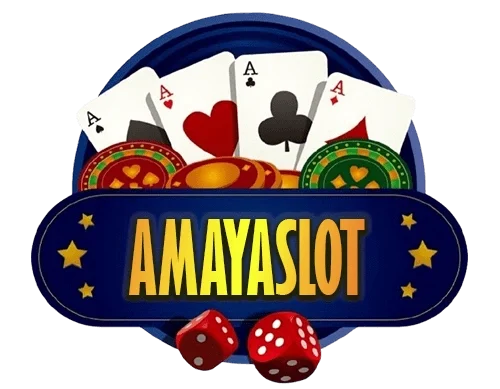The way a game frames its story—through characters, voice, setting, and perspective—can dramatically influence its impact. The best PlayStation games often use clever narrative framing to invite empathy, tension, and interpretation. Whether through unreliable narrators, Daftar Naga303 shifts in viewpoint, or parallel timelines, the framing becomes part of the experience.
Life Is Strange (available on PlayStation) uses time manipulation as both a mechanic and narrative frame. The ability to rewind time foregrounds themes of regret, consequence, and choice. As the story unfolds, the framing forces players to question the weight of their actions and the inevitability of consequences—even when rewinding time is possible.
In Bloodborne, the framing is more subtle. The world is shrouded in mystery. Much of the lore is implied—a note here, a symbol there—and players piece together the narrative themselves. The framing encourages curiosity and inference. You don’t get everything spelled out. That open framing gives the story depth and replay value.
The Last of Us frames its narrative through the lens of parental responsibility, survival, and trust. The initial prologue sets emotional stakes early. Then the journey evolves through Ellie and Joel’s interpersonal growth, betrayals, and compromises. The framing constantly returns focus to their relationship, making plot events resonate more deeply.
On the PSP, Crisis Core frames its story through one character—Zack Fair—but by situating him in a larger mythology. His decisions, regrets, and relationships give perspective to themes of loyalty, destiny, and sacrifice. That framing personalizes the grand narrative of Final Fantasy VII, giving emotional vantage points to the broader lore.
Framing can also come through structure. Nonlinear timelines, multiple viewpoint shifts, or nested stories (stories within stories) are used in PlayStation games like Ghost Trick: Phantom Detective or NieR Automata. Those shifts challenge players to reframe their understanding of events, making each revelation more impactful.
Narrative framing is not just storytelling—it’s tools. It shapes focus, guides interpretation, and gives players freedom to explore. The best PlayStation games often use their framing as a feature, not a gimmick. It’s part of what makes their stories linger.
